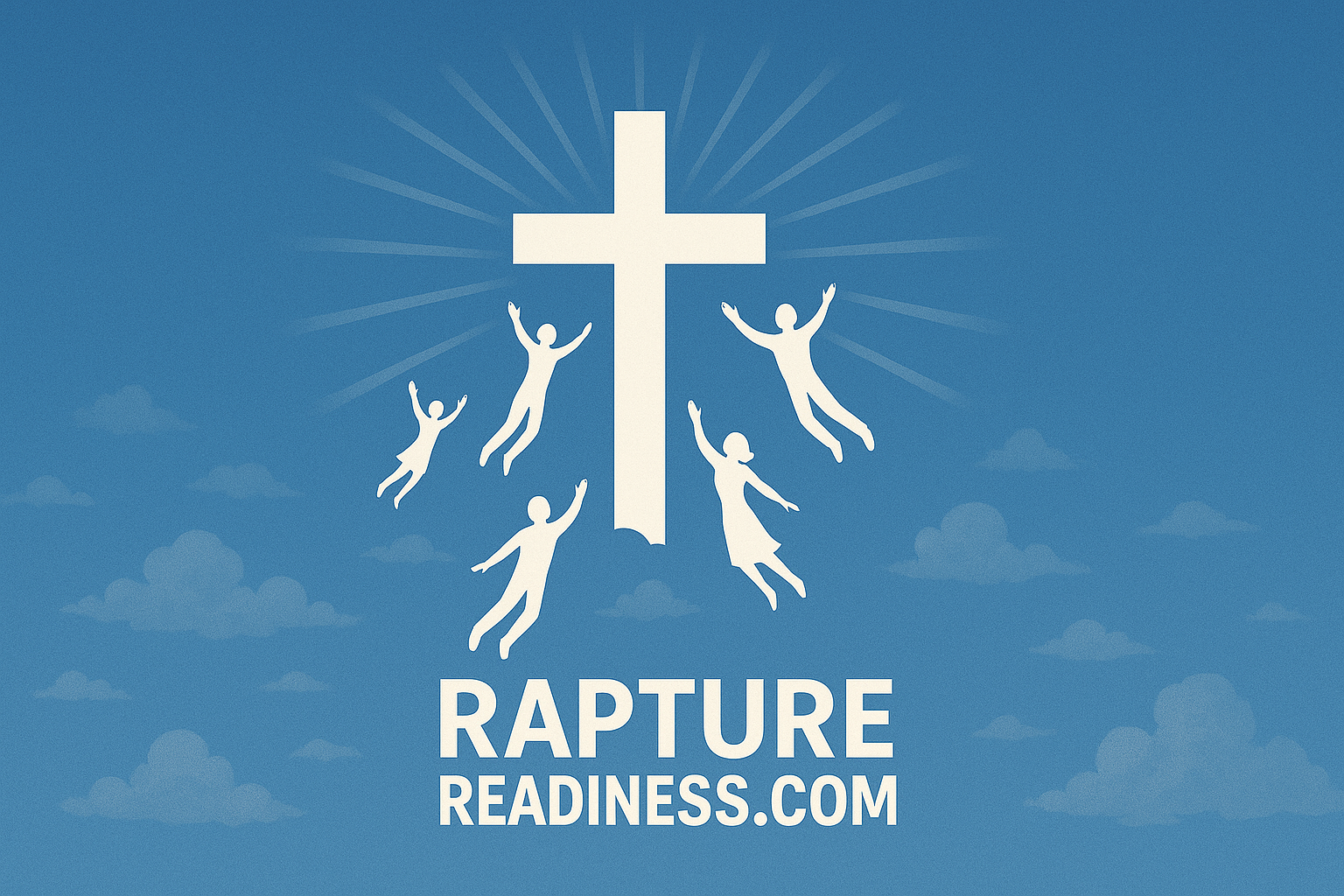If you enoy this summary, then you will love the video that follows.
Summary (TL;DR)
Biblical prophecy presents Israel at the center of end-times events, culminating in unparalleled global pressure, a deceptive peace, intense tribulation, a final war around Jerusalem, and the return of Jesus to reign. The sequence below synthesizes major passages (Daniel, Zechariah, Ezekiel, Matthew 24, Revelation) into a readable timeline.
1) Israel’s Restoration & Global Focus
Key texts: Ezekiel 36–37; Zechariah 12:2–3; Luke 21:24
The prophets foresaw Israel’s return from dispersion and a future in which Jerusalem becomes a “cup of staggering” to the nations (Zech. 12:2–3). In this stage, Israel moves from survival to center-stage—politically, spiritually, and prophetically—drawing world attention and pressure.
Why it matters: Many end-times prophecies require a regathered people and a functioning Jerusalem—conditions the prophets link to later events in the timeline.
2) Rumors of War & Strategic Alignments
Key texts: Ezekiel 38–39; Matthew 24:6–8
Scripture speaks of rising conflicts and alliances that target Israel. Ezekiel names a northern coalition (often discussed under “Gog and Magog”) converging “in the latter years” (Ezek. 38). Jesus called the early phase “the beginning of birth pains”—escalating crises that set the stage for the next movements.
What to watch: Regional blocs, shifting treaties, and military posturing around Israel’s borders.
3) A High-Profile Peace or Covenant
Key text: Daniel 9:27
Daniel outlines a covenant that temporarily stabilizes the region. Many interpreters see this as a political or security arrangement promising protection and access that seems to solve the unsolvable—especially around Jerusalem.
SEO note for readers: Search interest spikes around “Is a Middle East peace deal in Bible prophecy?”—this is the passage most people are referencing.
4) Worship Access & Talk of a Temple
Key texts: 2 Thessalonians 2:3–4; Revelation 11:1–2; Ezekiel 40–48
Prophecies imply a worship site in Jerusalem; Paul speaks of a figure who “takes his seat in the temple of God.” However interpreted—restored temple, repurposed complex, or symbolic—this stage involves renewed worship focus in Jerusalem and intensifying controversy over holy space.
5) The Abomination of Desolation
Key texts: Daniel 9:27; 11:31; 12:11; Matthew 24:15
Mid-timeline, the covenant is violated. Jesus points to Daniel’s “abomination of desolation” as the alarm bell for unparalleled trouble. A blasphemous act linked to the holy place triggers a rapid descent into crisis.
6) The Great Tribulation
Key texts: Matthew 24:21–22; Revelation 6–18
This is the most severe period of suffering the world has seen—social, economic, geophysical, and spiritual. Israel is pressed on every side; faithful believers globally face testing; and prophetic judgments roll out in waves (seals, trumpets, bowls in Revelation).
Pastoral note: Jesus emphasizes vigilance, endurance, and hope—this section is as much about faithfulness as it is about foretelling.
7) The Nations Surround Jerusalem
Key texts: Zechariah 12–14; Joel 3; Revelation 16:14–16; 19
Prophets picture nations massing against Jerusalem. Zechariah 12–14 shows Jerusalem under siege yet supernaturally sustained until the Lord’s direct intervention. Revelation calls the climactic conflict Armageddon—the gathering of world powers to a final confrontation.
8) The Return of Jesus
Key texts: Zechariah 14:3–9; Matthew 24:29–31; Revelation 19:11–16
At the darkest hour, Jesus returns. Zechariah says His feet stand on the Mount of Olives, splitting it—a vivid image of divine intervention. Revelation 19 presents the King of kings ending the war and judging rebellion.
Bottom line: The storyline is not doom, but deliverance.
9) The Kingdom & Israel’s Renewal
Key texts: Zechariah 8; Isaiah 2; 11; Revelation 20
After the war, Scripture anticipates the Messianic reign—justice, restored worship, and nations streaming to learn God’s ways (Isa. 2). Israel’s calling is reaffirmed; peace and righteousness mark the age.
10) New Creation
Key texts: Revelation 21–22; Isaiah 65–66
The final horizon is new heaven and new earth—God dwelling with His people, every tear wiped away. The story that began in a garden ends in a city-garden, healed and whole.
Where People Disagree (And How to Read Well)
- Order details: Some place Ezekiel 38–39 before, during, or after the tribulation.
- Temple specifics: Views range from literal to symbolic.
- Timing language: Prophecy uses imagery; hold the essentials firmly and the details humbly.
Reading tip: Let clear passages interpret the complex. Anchor to Jesus’ own outline in Matthew 24 and the plain markers in Zechariah 12–14 and Revelation 19–21.
Frequently Asked Questions
Q1: Are current headlines the direct fulfillment of prophecy?
Not necessarily. They may foreshadow patterns the prophets described, but fulfillment is measured by specific scriptural markers (e.g., covenant confirmation and its breach, abomination of desolation, nations surrounding Jerusalem).
Q2: Does the Bible teach a rebuilt temple is required?
The New Testament links a decisive end-times event to a holy place (2 Thess. 2; Matt. 24; Rev. 11). Many expect a rebuilt temple; others see prophetic symbolism. Either way, Jerusalem’s worship center is central to the controversy.
Q3: What is “Gog and Magog”?
Ezekiel 38–39 describes a northern-led coalition attacking Israel “in the latter years.” Scholars debate the exact identities and timing, but the point is a divinely thwarted invasion demonstrating God’s protection.
Q4: How should I respond?
Jesus’ emphasis is watchfulness, holiness, and hope—not date-setting (Matt. 24:36–44). The timeline calls for prepared hearts, steady faith, and love for neighbors.
